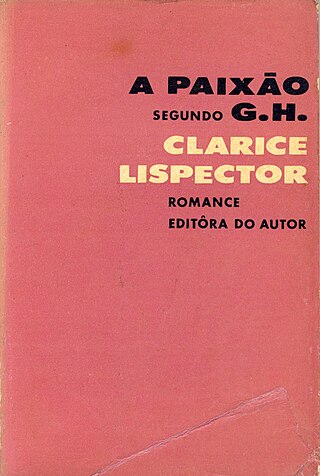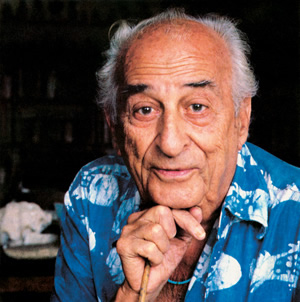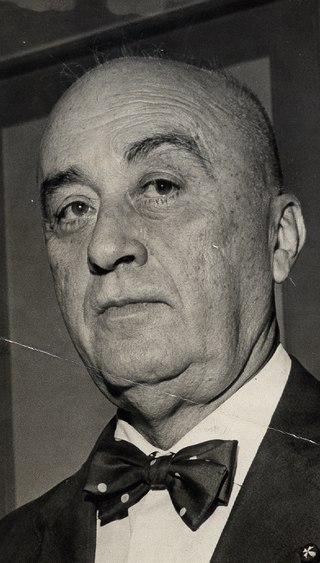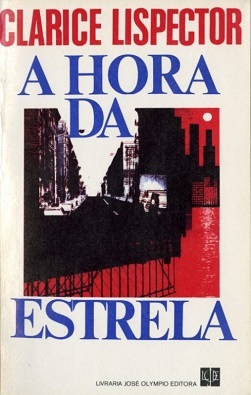Related Research Articles

Clarice Lispector was a Ukrainian-born Brazilian novelist and short story writer. Her distinctive and innovative works delve into diverse narrative forms, weaving themes of intimacy and introspection, earning her subsequent international acclaim. Born to a Jewish family in Podolia in Western Ukraine, as an infant she moved to Brazil with her family, amidst the pogroms committed by Soviet authorities after the First World War.

Brazilian literature is the literature written in the Portuguese language by Brazilians or in Brazil, including works written prior to the country's independence in 1822. Throughout its early years, literature from Brazil followed the literary trends of Portugal, gradually shifting to a different and authentic writing style in the course of the 19th and 20th centuries, in the search for truly Brazilian themes and use of Brazilian forms.
The Prêmio Jabuti is the most traditional literary award in Brazil, given by the Brazilian Book Chamber (CBL). It was conceived by Edgard Cavalheiro in 1959 when he presided over the CBL, with the interest of rewarding authors, editors, illustrators, graphics and booksellers who stood out each year.

The Passion According to G.H. is a mystical novel by Brazilian writer Clarice Lispector, published in 1964. The work takes the form of a monologue by a woman, identified only as G.H., telling of the crisis that ensued the previous day after she crushed a cockroach in the door of a wardrobe. Its canonical status was recognized in 1988 by its inclusion in the Arquivos Collection, the UNESCO series of critical editions of the greatest works of Latin American literature. It has been translated into English twice, the first time in 1988 by Ronald W. Sousa, and then by Idra Novey in 2012.
The Prêmio José Reis de Divulgação Científica is an annual honor awarded by the Brazilian Council of Scientific and Technological Development (CNPq) to the institution, media organization, publication, or individual who most contributed to the dissemination and public awareness of science and technology in Brazil. It is thus named in honor of Dr. José Reis, a Brazilian biologist and science writer who was one of the pioneers in the field.

Héctor Julio Páride Bernabó was an Argentine-Brazilian artist, researcher, writer, historian and journalist. His nickname and artistic name, Carybé, a type of piranha, comes from his time in the scouts. He died of heart failure after the meeting of a candomblé community's lay board of directors, the Cruz Santa Opô Afonjá Society, of which he was a member.
Caio Fernando Loureiro de Abreu, best known as Caio Fernando Abreu, was one of the most influential and original Brazilian writers of the 1970s and 1980s. Caio F., as he habitually signed his letters, was born in Santiago do Boqueirão in the state of Rio Grande do Sul in 1948, and died in Porto Alegre in 1996.

Paulo Francis was a Brazilian journalist, political pundit, novelist and critic.

Gustavo Adolfo Luiz Dodt da Cunha Barroso was a Brazilian lawyer, writer and politician associated with Brazilian Integralism and antisemitism. He was also known by the pseudonym João do Norte. Being considered a master of Brazilian folklore, he was the first director of the National Historical Museum and one of the leaders of the Brazilian Integralist Action, being one of its most prominent ideologists.

The Hour of the Star is a novel by Clarice Lispector published in 1977, shortly before the author's death. In 1985, the novel was adapted by Suzana Amaral into a film of the same name, which won the Silver Bear for Best Actress in the 36th Berlin International Film Festival of 1986. It has been translated into English twice by New Directions Publishing with Giovanni Pontiero's 1992 translation followed by Benjamin Moser's version in 2011.

Near to the Wild Heart is Clarice Lispector's debut novel, written from March to November 1942 and published around her twenty-third birthday in December 1943. The novel, written in a stream-of-consciousness style reminiscent of the English-language Modernists, centers on the childhood and early adulthood of a character named Joana, who bears strong resemblance to her author: "Madame Bovary, c'est moi", Lispector said, quoting Gustave Flaubert, when asked about the similarities. The book, particularly its revolutionary language, brought its young, unknown creator to great prominence in Brazilian letters and earned her the prestigious Graça Aranha Prize.

Benjamin Moser is an American writer and translator. He received the Pulitzer Prize for his biography of Susan Sontag, titled Sontag: Her Life and Work.
Beatriz Feitler was a Brazilian designer and art director best known for her work in Harper's Bazaar, Ms., Rolling Stone and the premiere issue of the modern Vanity Fair.

The Federal University of Rio de Janeiro Faculty of Law, also known as the National Faculty of Law, is a law school located in downtown Rio de Janeiro, Brazil.

The Festa Literária Internacional de Paraty is a literary festival held yearly since 2003 in the Brazilian city of Paraty, in the state of Rio de Janeiro. The festival usually happens in early July; in World Cup years, FLIP happens in August.

Events in the year 1935 in Brazil.

Events in the year 1946 in Brazil.

Events in the year 1977 in Brazil.
Sheila Maureen Bisilliat is a Brazilian photographer.
References
- ↑ Eliane Fátima Corti Basso (16 December 2005). "Revista Senhor: Modernidade e Cultura na Impensa Brasileira". Universidade Metodista de São Paulo. Archived from the original on 19 February 2017. Retrieved 19 February 2017.
- 1 2 3 4 Ruy Castro; Maria Amélia Melo (2011). "An update on brazilian publishing history". Matrizes. Archived from the original on 19 February 2017. Retrieved 19 February 2017.
- 1 2 "Nahum Sirotsky, veteran Brazilian journalist and diplomat". Jewish News. 4 December 2015. Retrieved 19 February 2017.
- 1 2 3 Magdalena Edwards (2007). The Translator's Colors: Elizabeth Bishop in Brazil and Elsewhere (PhD thesis). University of California, Los Angeles. pp. 99–100.
- ↑ María Claudia André; Eva Paulino Bueno, eds. (2014). Latin American Women Writers: An Encyclopedia. New York; Abingdon: Routledge. p. 913. ISBN 978-1-317-72634-0.
- ↑ Adilson Gonzales de Oliveira Júnior; Milton Koji Nakata (2014). "Revista Senhor: a influência da ilustração na formação do design editorial no Brasil". Educação Gráfica. 18 (3). hdl:11449/135702.
- ↑ "Jaguar". Itaú Cultural. Archived from the original on 3 July 2016. Retrieved 19 February 2017.
- ↑ Benjamin Moser (2009). Why This World: A Biography of Clarice Lispector . Oxford; London: Oxford University Press. p. 233. ISBN 978-0-19-974392-6.
- ↑ Mariana Machova (2016). Elizabeth Bishop and Translation. Lanham, MD: Lexington Books. p. 47. ISBN 978-1-4985-2064-5.
- ↑ "Work. Humour, sensualism and defence of the feminine". Jorge Amado website. Retrieved 19 February 2017.
- ↑ Mauricio S. S. de Oliveira (2013). The Construction of a City: Salvador in the Writings of Jorge Amado (PhD thesis). University of Manchester.
- 1 2 Luigia De Crescenzo (2016). ""Diritto di punire" o "Potere di morte"?: crimine, violenza e giustizia in "Mineirinho" di Clarice Lispector". De Crescenzo. 15 (15). doi:10.13130/2035-7680/7184.